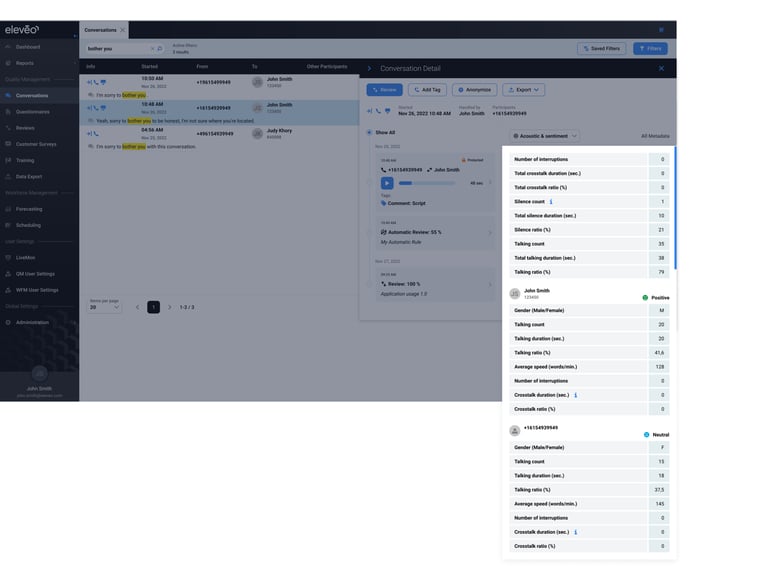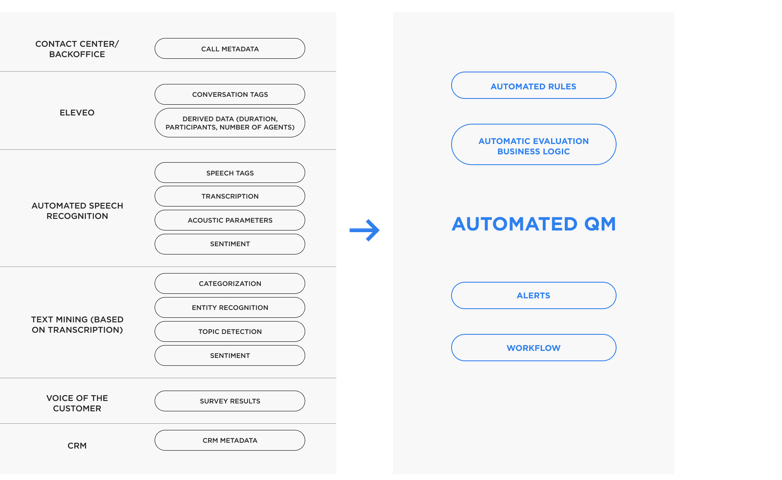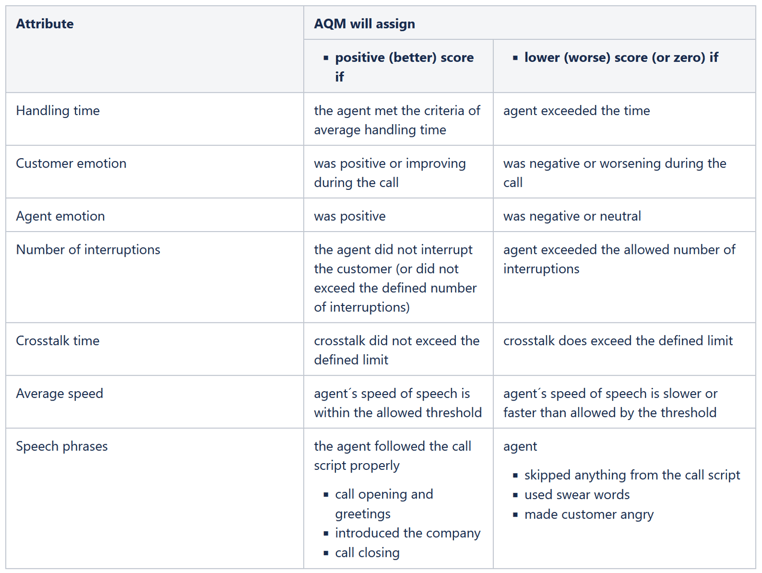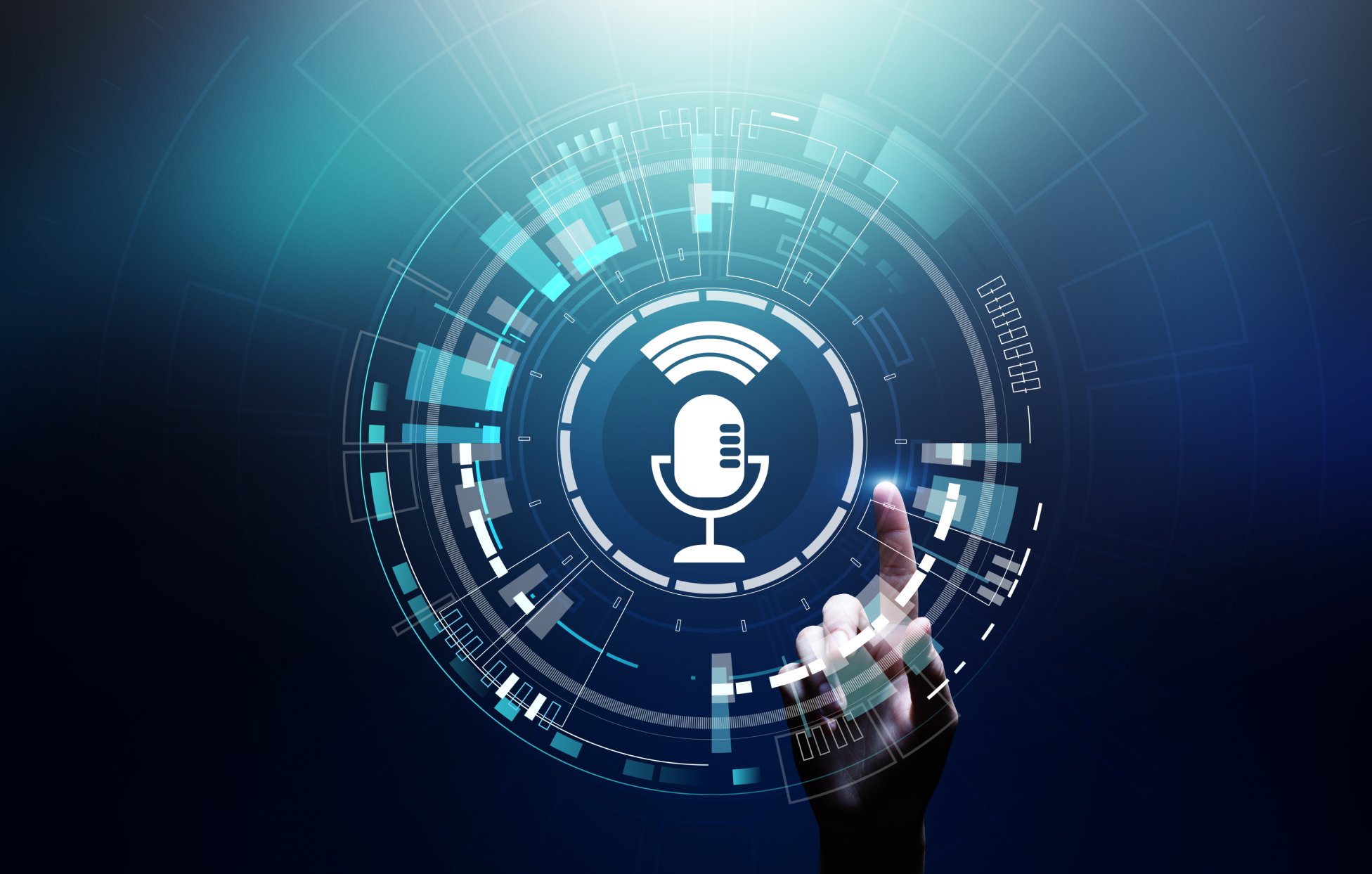Introduction
At its core, contact centers are in the revenue protection business - preventing customer churn.
Accomplishing that means managers need to analyze both positive and negative interactions. Then, they need to apply the lessons learned to elevate the customer experience their agents deliver in the future. A complete understanding of the content and context of every phone interaction between agents and customers is a must.
The question is, is that possible? In a business environment that requires you to continually do more with less there's simply not enough time to listen to every call!
Focus on Automation
The traditional Quality Management model requires managers to manually evaluate agent/customer interactions. That leads to reviews that take virtually the same amount of time as the calls themselves. In the real world that means you're only able to evaluate about 1% of calls - 2% if you're lucky!
That dramatically limits your understanding of the quality of service your agents are delivering. It also compromises your ability to identify and address CX issues as they arise. Contact center leadership is essentially operating blind, making decisions – or not making them – because you don't have adequate insights. The customer experience and the organization’s brand suffer.
Things are changing! Contact centers' access to AI has been democratized. Transformational capabilities aren't only available to technologically advanced enterprise-sized companies.
Even mid and small-sized contact centers are accessing the possibilities! AI-fueled conversation analytics and other automated tools analyze interactions without manual intervention. And they do it in an instant!
Generative AI-Fueled/Automation Conversation Analytics
Conversation Analytics touches every facet of quality management. The tool uses the nuances of speech and silence to provide insight into:
- customer and agent attitudes
- agent aptitude
- regulatory compliance
- process effectiveness
- trending issues
Once time-heavy tasks, like reviewing and analyzing interactions, are now automated. This frees Managers and Supervisors to devote more of their time to strategic priorities.
Capabilities:
- Evaluate 100% of recordings automatically
- Continuous Speech Recognition - highly accurate speech-to-text capabilities and transcriptions
- Emotion Detection – automatically reads customers' emotions by examining variations in pitch or tone, interruptions, periods of silence and more.
- Topic Detection – AI automatically classifies each conversation into pre-defined categories
- Interaction Summaries and Highlights – automatically creates a short, informational summary of every interaction and highlights notable portions of those interactions and any next steps.
- Call Flagging – automatically flags calls that meet customer-defined criteria. This includes calls requiring escalation or customers at risk of leaving the brand.
- Call Rating - automatically rates each interaction on a scale of 1-5
- Natural Language Question/Answer Evaluations – managers can ‘ask’ questions about each call. For instance, ‘Did the agent properly greet the customer?’ or ‘Did the agent ask the required compliance questions?’
- Acoustic parameters – identified for the overall conversation, as well as for each participant. For instance, cross-talk time and the ratio of cross-talk time against overall handling time)
- Crosstalk time - participants talking at the same time
- Silence time - nobody is talking
- Number of interruptions - when one participant was interrupted by another
- Speed of speech - number of words per minute
- Speech phrases - predefined speech tags and phrases identified and highlighted on top of the transcription
- Gender
A visualization of available outputs provided below:

Conversation Analytics Use Cases
With the help of Conversation Analytics a user can easily leverage the available outputs in the following ways:
- Understanding the content of the call at a glance. Without playing back the call, reviewers can answer the following questions:
- What was the overall mood of the customer? What was their emotional state at the beginning of the call, and how did it change as the call progressed?
- Was the agent moody? Were they rude? Polite?
- How many seconds was the overall cross-talk time?
- How many times was the customer interrupted by the agent and vice versa?
- Was total silence time suspiciously long (was the agent pretending to work)?
- What was the overall silence time (Was the agent able to help the customer)?
- Did the agent speak clearly? Do they talk too quickly?
- Finding calls based on these attributes:
- Find calls based on the available attributes quickly.
- Real-time, full-text search finds relevant content in any conversation transcription.
- Visualization of acoustic parameters and transcription during playback of the call:
- Speech phrases and the detected emotion are highlighted within the interaction player´s waveform
- Captions are shown in the player during playback
- Leverage emotion and acoustic parameters when automatically evaluating conversation´s agents by the system (refer to the section Automated Quality Management for more details!)
Automated Quality Management
As mentioned previously, the manual review process is time-consuming. Contact center managers are only able to evaluate an extremely small percentage of customer interactions. The ultimate goal for every contact center is to evaluate and understand the experience your agents deliver 100% of the time.
An automated solution can analyze all interactions on a regular basis can identify emerging issues and find new opportunities. It can also highlight the outstanding and poor agent performance. Additionally, alerts can provide quick information about both outstanding and problematic conversations.
Automated Quality Management (AQM) automatically evaluates all conversations and the agents involved based on various parameter categories such as:
- Metadata captured from CCaaS platform (handling time, attached flags, information about hangup party, etc.)
- Metadata analyzed by Automatic Speech Recognition (emotion, acoustic parameters, and transcription; see above for more details)
- Post-call assigned metadata (tags)
- Metadata assigned by external systems, typically a Survey tool (NPS score) or CRM system (case-related information)
The logical structure of AQM is shown in the picture below:

Automatic Quality Management Use Cases
With the help of AQM, Eleveo will automatically assign a score to all conversations based on a predefined set of rules set by the user. Typically, contact center managers want to reward agents who correctly follow the call scripts and other internal policies.
The following table shows examples of how AQM works. However, rules for evaluations are fully configurable by the customer.

An integrated alert system is an important part of the tool, and the system notifies a predefined user or the agent´s supervisor if an automatically assigned score is less/greater than the defined threshold.





